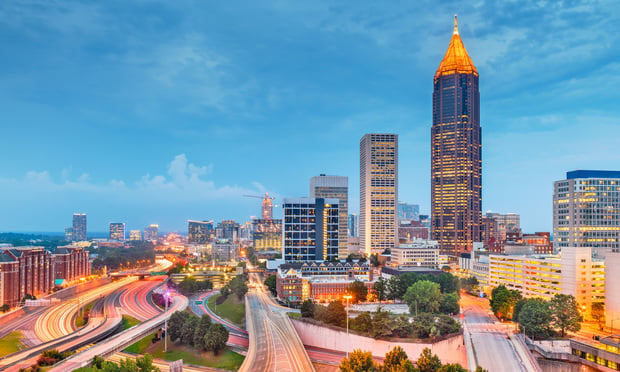ATLANTA—A proliferation of warehouses spanning 1 million square feet or larger. That's a big trend the rapid growth of e-commerce has created in US industrial markets.
According to CBRE, the massive warehouses and distribution centers are most prevalent in Southern California and Philadelphia. There are clusters of mega warehouses around metro areas that provide the mix of road, rail and sea access that e-commerce users covet. And Atlanta is heavy in the mix at fourth place.
“During this cycle, one major trend for large industrial users has been focusing on speed to market, which has been brought on by the explosion in e-commerce demand,” Trey Barry, CBRE National Partners, Industrial, tells GlobeSt.com. “Users are struggling to keep pace with this growth in their supply chain networks. As a result, users are looking for bigger blocks of space close to major metropolitan areas and prefer buildings either already constructed or close to completion in order to hit their tight timelines. This has been one of the largest trends impacting the success of the bulk speculative developers in Atlanta.”
Recommended For You
Want to continue reading?
Become a Free ALM Digital Reader.
Once you are an ALM Digital Member, you’ll receive:
- Breaking commercial real estate news and analysis, on-site and via our newsletters and custom alerts
- Educational webcasts, white papers, and ebooks from industry thought leaders
- Critical coverage of the property casualty insurance and financial advisory markets on our other ALM sites, PropertyCasualty360 and ThinkAdvisor
Already have an account? Sign In Now
*May exclude premium content© 2025 ALM Global, LLC, All Rights Reserved. Request academic re-use from www.copyright.com. All other uses, submit a request to [email protected]. For more information visit Asset & Logo Licensing.









